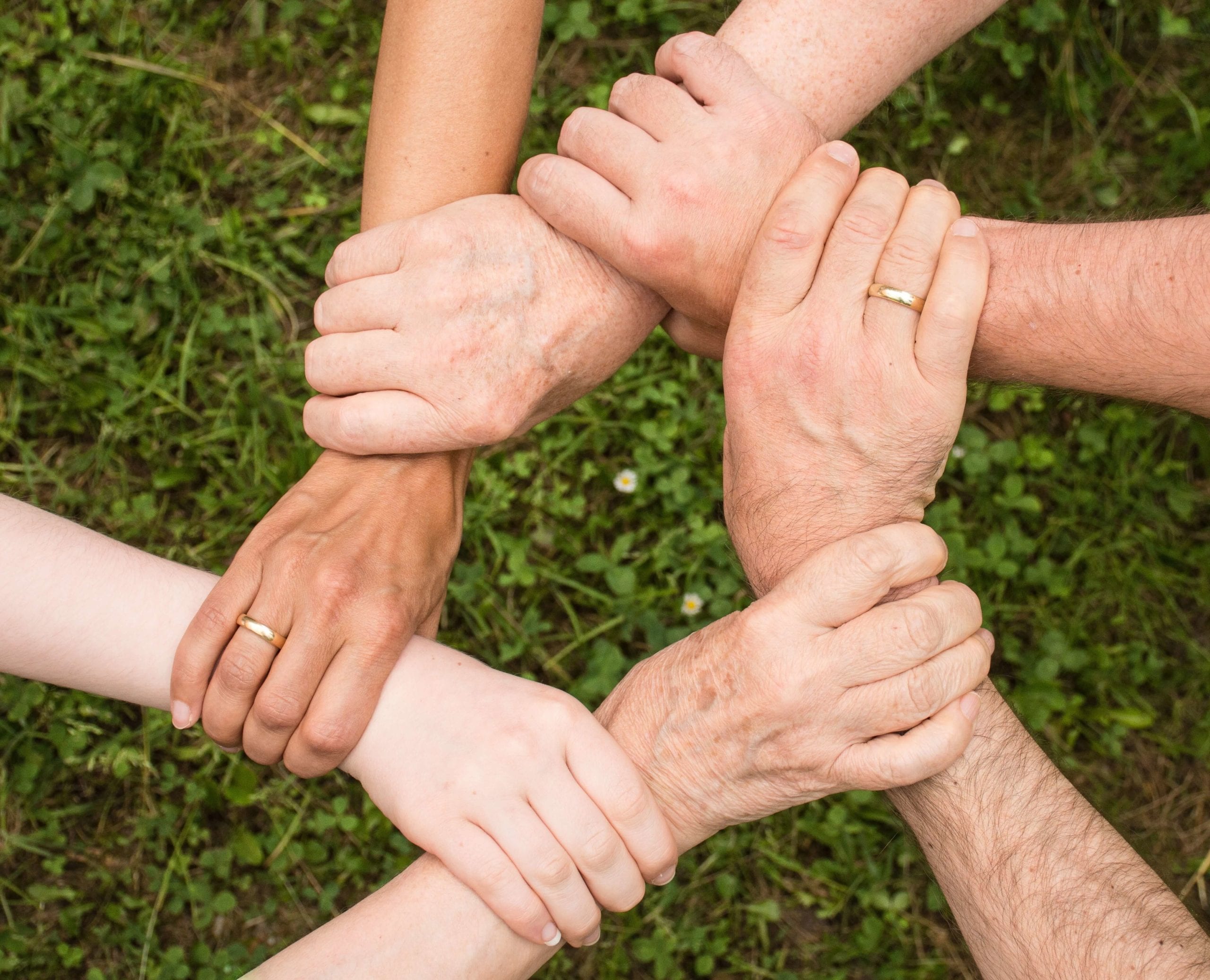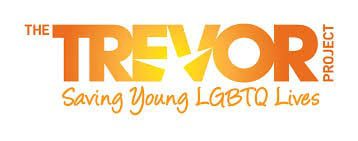Suicide Facts & Information
Although suicide rates are increasing at an alarming rate, less than one in 10 who consider suicide make an attempt, and few go on to die by suicide. “This means that, in every community in the country, in every part of the world, we are living among people who have faced the worst of personal pain and doubt and have come through them to live better lives…”
~ Eduardo Vega, President and CEO, Dignity Recovery Action International
Suicide Facts
- Most people who die by suicide don’t want to die, they just want the pain to go away.
- 80% of those who die by suicide give warning signs before.
- Discussing suicidal feelings helps to relieve anxiety.
- Most suicidal persons want to be relieved of pain.
- Suicide affects all races, colors, and socio-economic groups.
- Most people who die by suicide have made previous attempts.
- Suicide attempts increase during springtime.


Risk Factors
- Previous suicide attempts
- Family history of suicide
- Recent loss including: financial, employment, relational or social
- Social isolation
- Drug or alcohol abuse: can increase impulsivity
- History of trauma, violence or abuse
- Access to lethal means (firearms, pills)
- Chronic illness
- Local clusters that may result in suicide contagion (more prevalent in youth)
- Lack of support
- Stigma associated with mental health treatment
- Barriers to health care, especially mental health and substance abuse treatment
For additional support in Utah, please visit Encircle, Dixie LGBTQ Teen Alliance, Pride of Southern Utah, or Utah Pride Center.
At-Risk Populations
- Middle Aged Males
- First Responders
- Veterans
- Kids Who Are Bullied
- Those Who Have Attempted Suicide Before
- Those With Family Members That Have Died By Suicide
- Those Struggling With Addiction
- Those Who Own Firearms

Lesbian, Gay, Bisexual and Transgender
Effective prevention efforts include the following characteristics:
- Teachers and community leaders are aware of issues for LGBT people such as victimization, difficulties accessing services, and ineffective providers.
- They also demonstrate awareness of discrimination against transgender people
- Leaders model appreciation for all youth, condemn any discrimination, and assume an advocacy role for all youth
- Leaders assess and respect youth’s decision about disclosing to others
- Promote protective factors such as family support and acceptance, safe schools, caring adults, high self-esteem amongst youth, and positive role models for youth
- School-family-community partnerships that help promote a safer school environment
- Viewing LGBT students as a part of, and not separate from, other persons and groups
- School-climate policies that restrict expressive behavior that might lead to offensive material or interference with the rights of others
- School communities allowing members to openly discuss the topic in a courteous, respectful, and professional manner
- The school plays an important role in providing a safe environment for all students.
- A safe and non-threatening environment would include zero tolerance of bullying and condemn any and all discrimination.
Protective Factors
Coping Skills and Personal Traits
- Stress management, Decision making, Anger management, Conflict resolution and Problem
- A sense of personal control over actions
- Hope for the future
- Self Care
Connections
- Religious/spiritual beliefs about the meaning and value of life
- Positive relationships with family, friends, school, or other caring adults
- Responsibilities at home or in the community
Health and Home
- A safe and stable environment
- Not using drugs and alcohol
- Medical care including (mental, physical and substance use treatment)
- Restricted assess to lethal means
Facts About Suicide and Mental Disorders in Adolescents
In teens, the mental disorders most closely linked to suicide risk are major depressive disorder, bipolar disorder, generalized anxiety disorder, conduct disorder, substance use disorder, and eating disorders. While in some cases these disorders may be precipitated by environmental stressors, they can also occur as a result of changes in brain chemistry, even in the absence of an identifiable or obvious “reason.”
Suicide is almost always complicated. In addition to the underlying disorders listed above, suicide risk can be affected by personality factors such as impulsivity, aggression, and hopelessness. Moreover, suicide risk can also be exacerbated by stressful life circumstances such as a history of childhood physical and/or sexual abuse; death, divorce, or other trauma in the family; persistent serious family conflict; traumatic breakups of romantic relationships; trouble with the law; school failures and other major disappointments; and bullying, harassment, or victimization by peers.
It is important to remember that the vast majority of teens who experience even very stressful life events do not become suicidal. In some cases, such experiences can be a catalyst for suicidal behavior in teens who are already struggling with depression or other mental health problems. In others, traumatic experiences (such as prolonged bullying) can precipitate depression, anxiety, abuse of alcohol or drugs, or another mental disorder, which can increase suicide risk.
Conversely, existing mental disorders may also lead to stressful life experiences such as family conflict, social isolation, relationship breakups, or school failures, which may exacerbate the underlying illness and in turn increase suicide risk.
Suicide Can Be Prevented
Reach4Hope
Interested in one of our Suicide Prevention classes? Fill out the form below to get class times and information.
If you are in a crisis, please call 911 or call or text the Lifeline at 988







